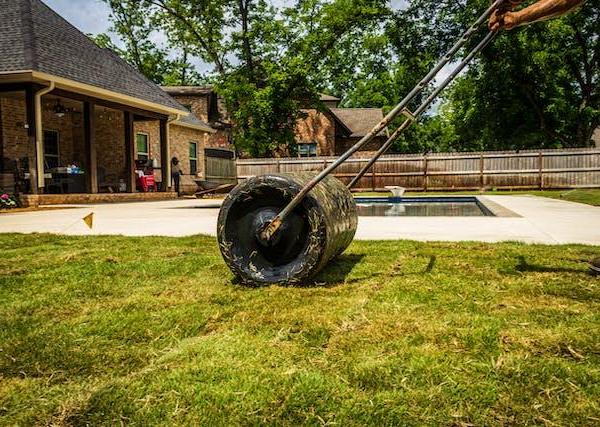Photo by icon0.com The Essence of Edible Landscaping
Edible landscaping is the artful integration of food-producing plants within ornamental or decorative settings. The practice merges the visual appeal of traditional landscaping with the practical benefits of a vegetable garden, creating an environment that is both aesthetically pleasing and sustainably bountiful.
Planning Your Edible Landscape
Begin by designing a layout that complements the style of your home and fits your lifestyle. Map out areas for perennial crops, annuals, and herbs, considering factors like sun exposure, soil quality, and water access. Incorporate pathways and seating areas to create an inviting space that encourages interaction with the edible elements.
Choosing the Right Plants
Select plants that serve multiple purposes—those that are both edible and ornamental. Consider fruit trees that offer shade and blossom beauty, berry bushes that provide vibrant colors and sweet rewards, and flowering herbs that attract pollinators while spicing up your meals.
Layering and Diversity
Apply the principle of layering by mixing trees, shrubs, flowers, and groundcovers to create a dynamic, three-dimensional space. This approach not only maximizes yield but also mimics natural ecosystems, promoting a healthy garden environment.
Year-Round Interest
Plan for a succession of harvests to ensure your garden remains productive and attractive throughout the seasons. Combine early-spring vegetables with late-summer perennials and fall-bearing fruit trees. Utilize evergreen plants to maintain structure and color during the dormant winter months.
Soil Health: The Foundation of Vitality
Healthy soil is the cornerstone of any successful garden. Regularly enrich your soil with organic matter, compost, and natural fertilizers to support robust plant growth. Conduct soil tests to tailor your soil amendment practices to the specific needs of your plants.
Water Management Strategies
Efficient water use is critical in sustainable gardening. Employ drip irrigation or soaker hoses for targeted watering that minimizes waste. Mulching helps retain soil moisture and reduces the need for frequent watering, all while keeping weeds at bay.
Integrating Artful Elements
Beyond the plants themselves, include elements like decorative trellises, vibrant containers, and artistic sculptures. These features can accentuate the garden's charm and highlight the beauty of your edible arrangements.
Supporting Wildlife
An edible landscape can also support local wildlife. Incorporate plants that provide habitat and food for birds, bees, butterflies, and beneficial insects. This not only aids in pollination but also contributes to the ecological health of the area.
Maintaining Your Living Canvas
Regular maintenance is key to sustaining the beauty and productivity of your edible landscape. Keep up with pruning, harvesting, and replanting as needed to ensure that the garden remains an enticing and abundant space.
Conclusion: The Harmony of Form and Function
Edible landscaping is a harmonious blend of form and function that provides a feast for the eyes and the table. It's a sustainable approach that enriches the environment and offers a unique way to enjoy the fruits of your labor in the literal sense. By cultivating an edible landscape, you'll enjoy the dual delights of a garden that is both a visual masterpiece and a source of fresh, healthy produce.



